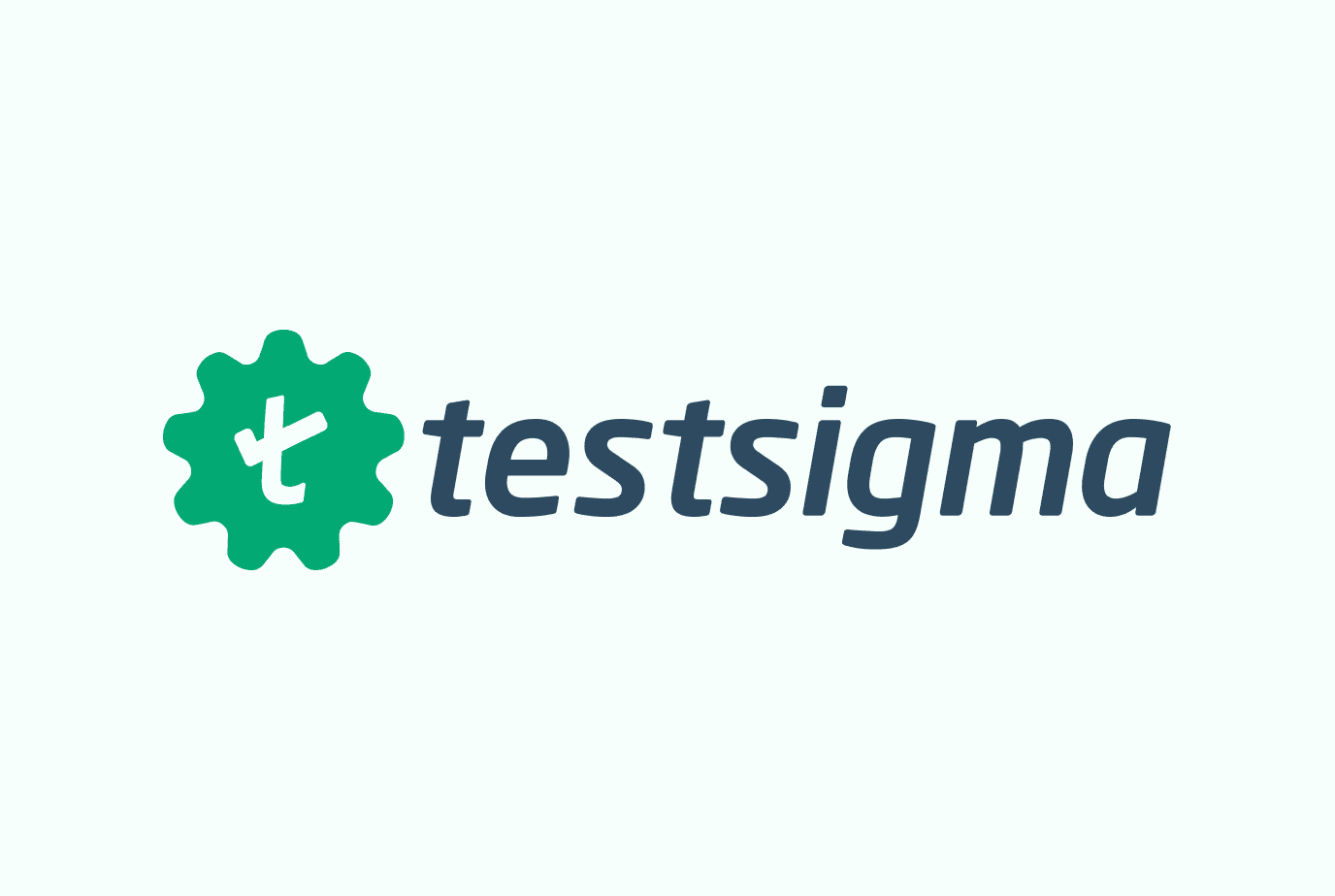What is Test Sigma?
Test Sigma is a cloud-based, automated testing platform that simplifies the complex process of browser-based application testing. It employs natural language processing (NLP) to understand the requirements and automatically generate test scripts, making it easy for quality assurance (QA) professionals and developers to write, manage, and execute automated tests. This platform supports a wide range of web browsers and provides advanced reporting features to track and monitor test results.
| Key Features of Test Sigma | Description |
|---|---|
| Natural Language Processing | Simplifies test script writing through a user-friendly interface. |
| Cross-Browser Support | Compatible with various web browsers like Chrome, Firefox, Safari, etc. |
| Cloud-Based Architecture | Enables remote test execution and scalability. |
| Advanced Reporting | Offers real-time reporting with metrics, charts, and logs. |
| CI/CD Integration | Seamlessly integrates with CI/CD pipelines for continuous testing. |
What is Test Sigma Used for and How Does it Work?
Test Sigma is primarily used to automate functional, regression, and performance testing for web applications. QA professionals and developers use it to verify that the application is performing as expected across various browser environments. By simulating user behavior, Test Sigma ensures that each component of the web application works correctly.
Workflow of Test Sigma:
- Requirement Gathering: Users input testing requirements in natural language.
- Test Generation: Test Sigma automatically converts the natural language input into executable test scripts.
- Execution: Automated test cases are executed on the chosen web browsers.
- Reporting: Detailed reports, including screenshots, are generated post-execution.
Why Do You Need a Proxy for Test Sigma?
Utilizing a proxy server with Test Sigma can significantly enhance your testing capabilities in several ways:
- Geolocation Testing: A proxy allows you to simulate user locations, enabling you to test how your web application behaves for users from different geographical regions.
- Rate Limit Bypass: Some websites have limitations on the number of requests from a single IP address. A proxy can circumvent this by rotating IPs.
- Security Testing: Using a proxy, you can deliberately slow down the connections to test the application’s resilience against timeouts or slowdowns.
- Data Scraping: When testing involves data collection, a proxy can protect your identity and avoid being blocked.
Advantages of Using a Proxy with Test Sigma
- Enhanced Anonymity: Conceal your IP address to protect against potential security risks during testing.
- Load Balancing: Distribute the load among multiple servers for improved performance and quicker test execution.
- Better Bandwidth Utilization: A caching proxy can store copies of frequently accessed resources, reducing the bandwidth consumption.
- Reduced Error Rates: By changing the IP address, a proxy minimizes the chances of hitting request rate limits, thereby reducing errors in testing.
- High Availability: OneProxy’s data center proxies ensure a high level of uptime and reliability.
What are the Cons of Using Free Proxies for Test Sigma
- Limited Reliability: Free proxies often have downtime, affecting the consistency of your tests.
- Security Risks: Many free proxies are not secure and can compromise the data integrity of your tests.
- Limited Geolocation Options: Free proxies often have fewer server locations, limiting your testing scope.
- Bandwidth Limitation: Low speeds and bandwidth caps can significantly slow down your test cycles.
- Lack of Customer Support: Troubleshooting and technical assistance are generally not available with free proxies.
What Are the Best Proxies for Test Sigma?
For a robust and seamless testing experience with Test Sigma, we recommend using OneProxy’s data center proxies for the following reasons:
- High-Speed Connection: Ensures quicker test cycles.
- Secure and Anonymous: Advanced encryption to keep your data safe.
- Global Coverage: Extensive server locations for geolocation testing.
- Dedicated IPs: For maintaining a consistent testing environment.
- 24/7 Customer Support: To assist you with any technical challenges.
How to Configure a Proxy Server for Test Sigma?
Configuring a proxy server like OneProxy for Test Sigma involves a few straightforward steps:
- Purchase the Proxy: Choose and purchase the appropriate proxy package from OneProxy.
- Server Details: Once purchased, you will receive server details like IP address, port, username, and password.
- Integration with Test Sigma: Navigate to Test Sigma’s settings, and input the proxy server details in the ‘Proxy Configuration’ section.
- Test the Configuration: Execute a test case to ensure that the proxy settings are working as expected.
- Finalize and Save: Save the settings, and you’re ready to execute your test cases through OneProxy.
By using OneProxy in conjunction with Test Sigma, you can unlock new dimensions of automated browser testing, making your web applications more robust and market-ready.













